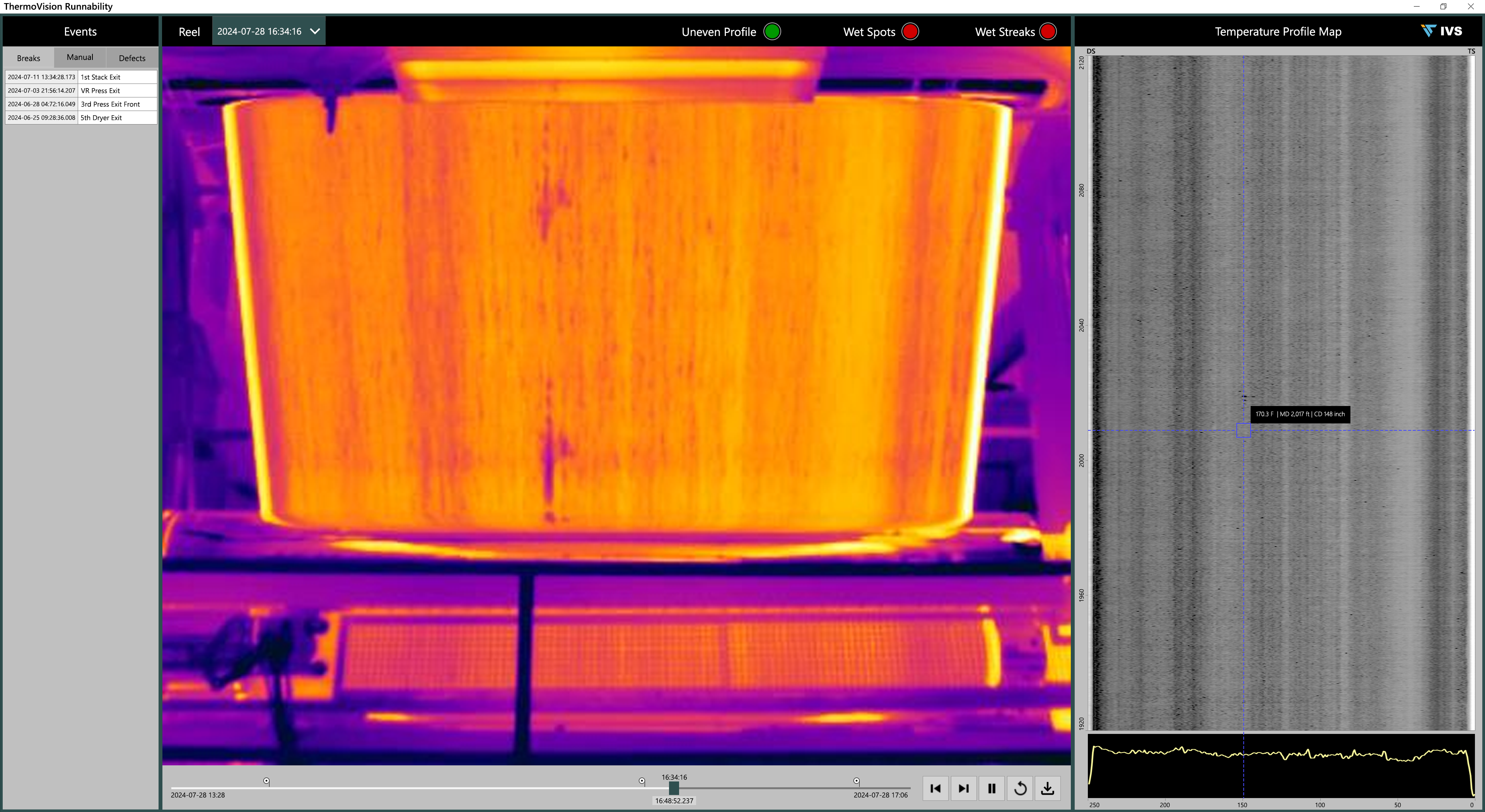If manufacturers wait too long, their plant won’t have a chance to be considered a ‘Factory of the Future’. In an era when manufacturing is gaining respect and building strength despite the many challenges the industry faces, the laggards will be merely ‘Factories of the Past’.
Four years later, I found a similar phrase permeating the fairgrounds. Everywhere you turned, you saw industry suppliers touting the ‘Factoryof the Future’. The thing is, every one of these suppliers had the components of this future factory available now, which begs an obvious question:
Where’s the ‘Factory of the Present’?
You know the old riddle: “What is always coming, but never arrives?” “Tomorrow—because by the time tomorrow comes, it’s today.” I think we sometimes view plant optimization the same way—it’s something we’ll get to tomorrow, or the next time we have a chance to spend a little capital improvement money,or when the plant’s production schedule slows down from ‘flat out’ to simply ‘hectic’.
The promise cited at Hannover Messe this year was that you don’t need to do everything at once. There should be time to test the concept for your own plant. To do this effectively, everyone I spoke to at this year’s event said that you first have to figure out where you want to improve in your operation. Need a better way to manage energy? Looking for a better predictive maintenance program? Having trouble with parts management? There are answers available, but you first need to ask the right questions.
The challenge for the industry’s suppliers is just as daunting. There is no shortage of money, time,and staff spent on communicating the value proposition of the Factory of the Future. There’s SO MUCH hype, in fact, that it becomes almost overwhelming. Small and mid-sized manufacturers might come to the conclusion that the solution is beyond their scope, their technical skill, or their budget. That’s an issue because the reality is that the Factory of the Future is none of the above. It is scale-able and it is modular. Plant managers can—and probably should—start small. Focus on a single problem area and test out how the technology can meet those challenges. Suppliers—and perhaps machine builders or system integrators—should be leading plant managers toward a series of small solutions rather than trying for a big one all at once. To use a baseball analogy, you can score three runs with three home runs or with a single, a double,a double,and a single—but if you swing for the fences, you’re more likely to strike out.
For those who think this whole ‘Factory of the Future’ thing is just one more fad, like the Pet Rock or Cabbage Patch Kids or Milli Vanilli, then I’d have to suggest they are either not interested in growing their operations or they like lagging behind their competitors. This digital plant is real, and its coming fast—probably not as fast as anyone wants, but the momentum is unavoidable. It is rolling downhill, it is gaining speed, and manufacturers’ choice will be to get out of the way or climb on, because the third choice is to get steamrolled. But the industry does need to continue to educate manufacturers and workers on how and why this leads to better plants and products. The potential improvements in maintenance and energy management alone are enough to justify the investment.
Bob Vavra, content manager at CFE Media, [email protected].



